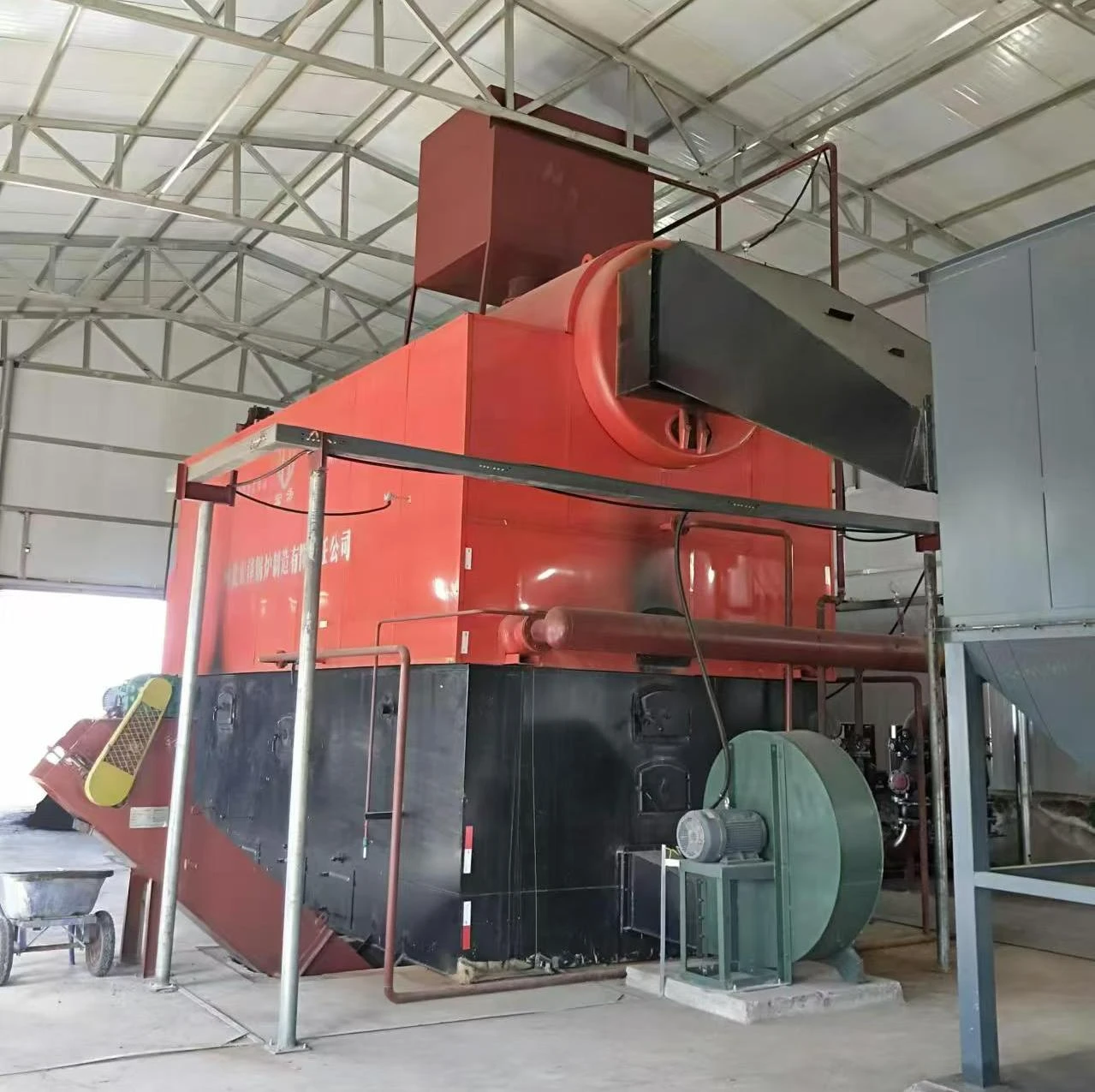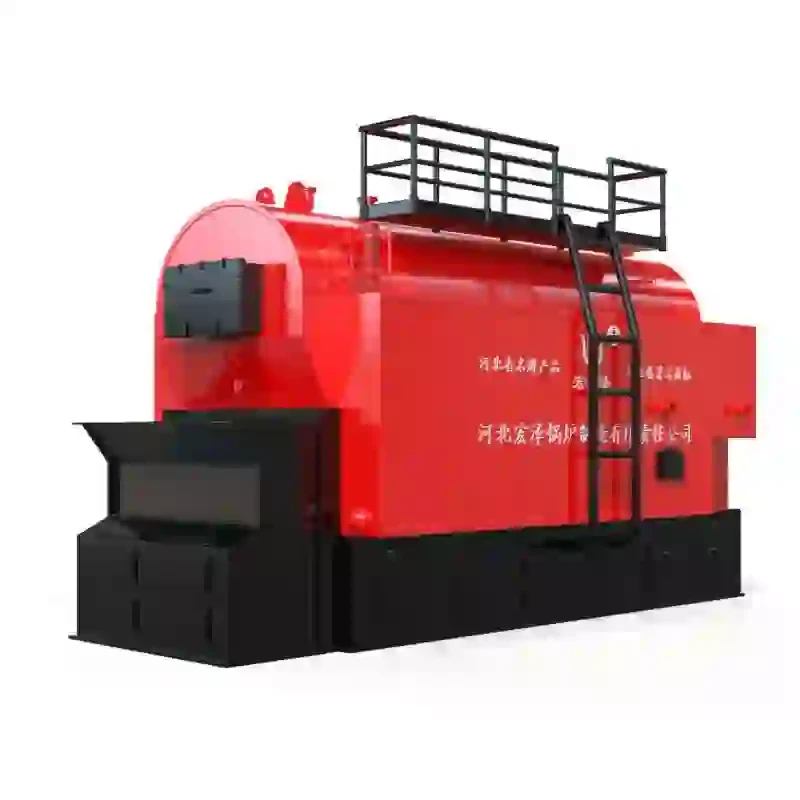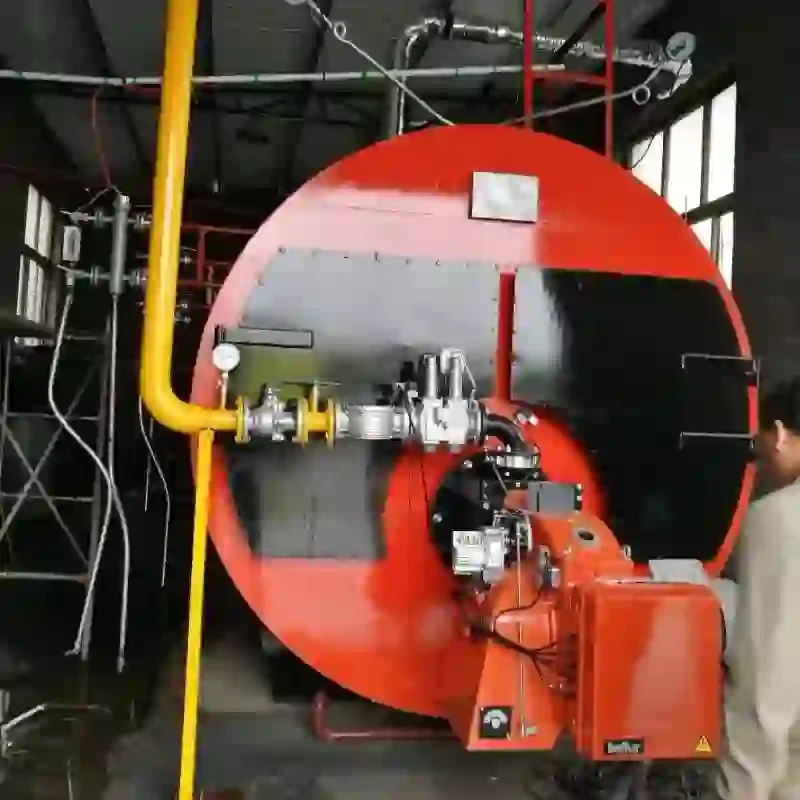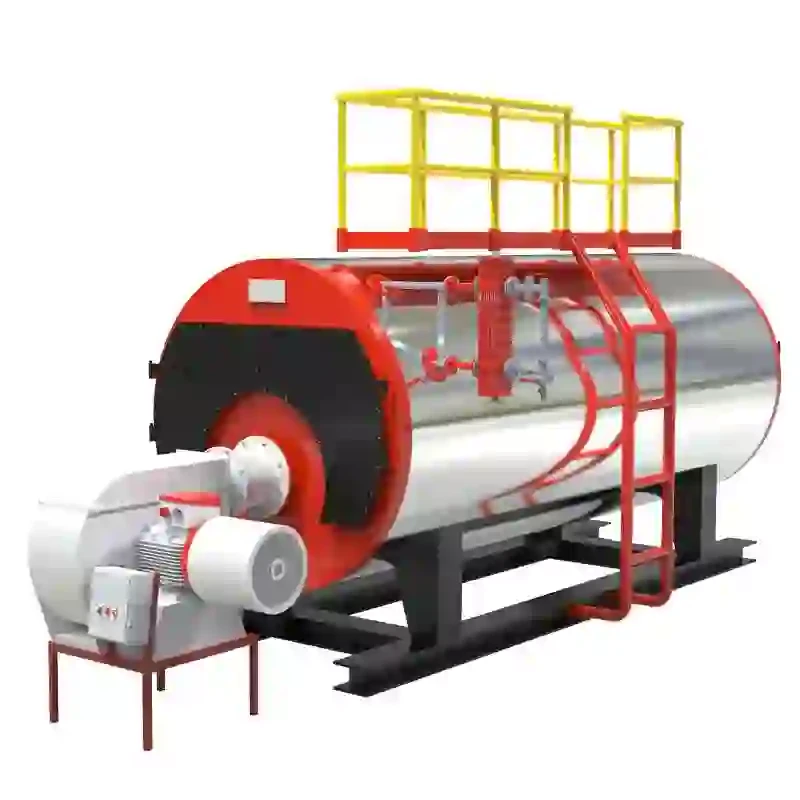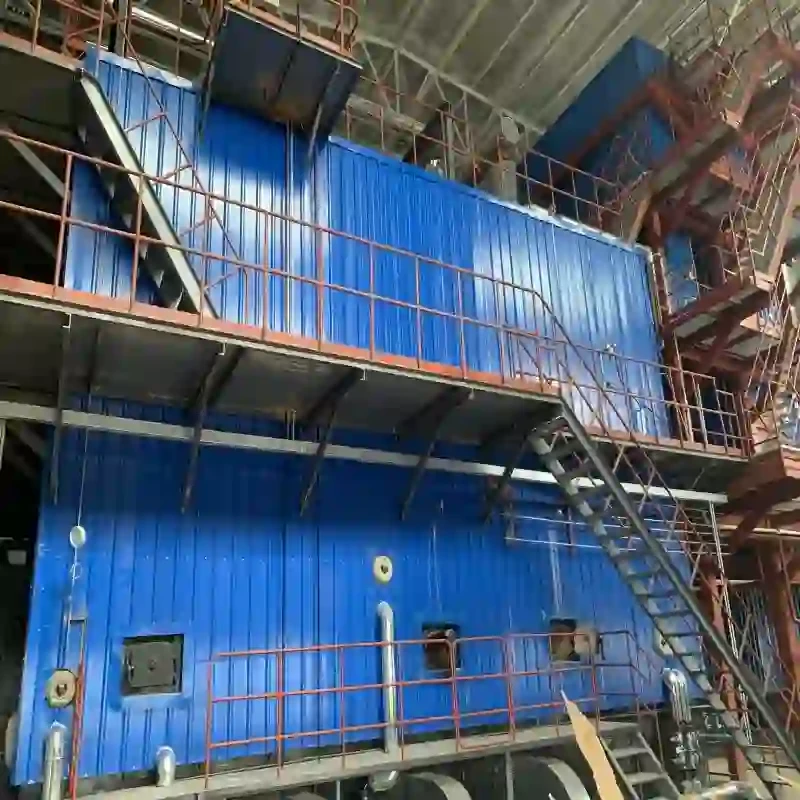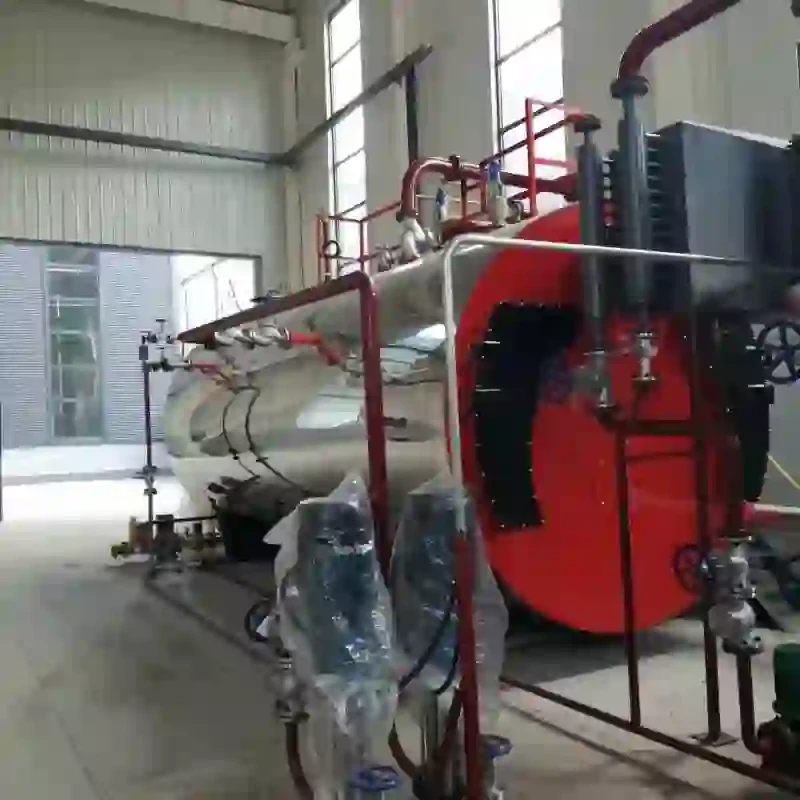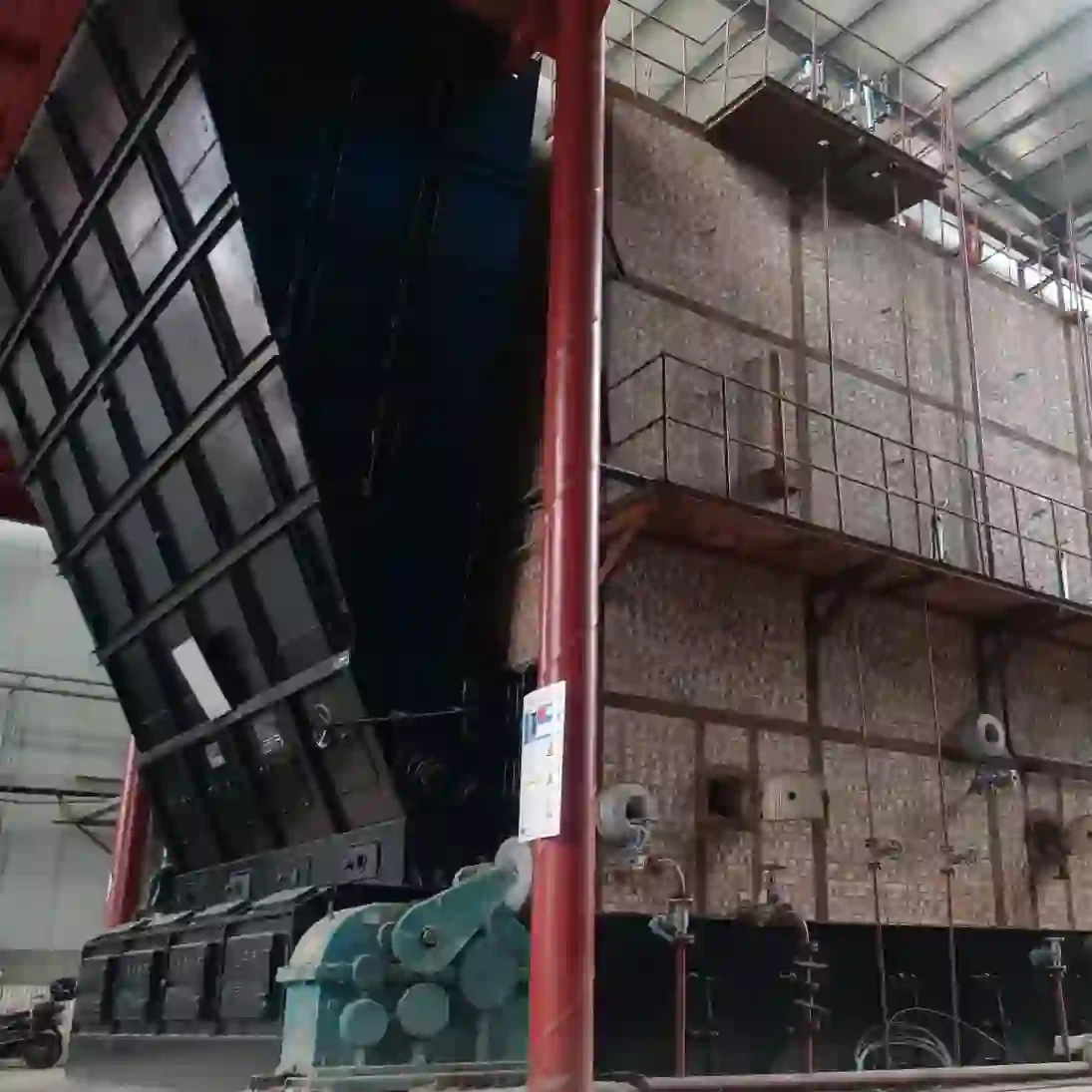
Nov . 24, 2025 18:30 Back to list
Comprehensive Guide to Steam Boiler Installation Diagram – Global Best Practices and Future Trends
Understanding the Steam Boiler Installation Diagram: Why It Matters Globally
If you’ve ever peeked inside an industrial facility or a power plant, you might have glimpsed the intricate networks of pipes, valves, and gauges that keep things running smoothly. At the heart of many of these systems is a steam boiler—a workhorse often overlooked but crucial in energy production, manufacturing, and even humanitarian operations. The steam boiler installation diagram is key to understanding how these complex systems fit together.
Why should this concern us on a global scale? With the increasing demand for energy efficiency and emissions reduction, optimizing steam boiler installation is pivotal. A clear and well-designed installation diagram not only helps engineers and technicians get the setup right the first time but also reduces downtime, improves safety, and drives sustainability. This knowledge, when shared broadly, becomes a blueprint for cleaner, safer, and more efficient industrial environments across the world.
Introduction: Global Importance of Steam Boiler Installation Diagrams
According to the International Organization for Standardization (ISO), steam boilers remain a significant source of industrial heating and power worldwide. ISO 16528 describes safety code standards that rely heavily on proper installation—where the installation diagram serves as the foundational guide. Globally, industries consume over 40% of the world's energy in steam systems (Wikipedia), making efficient boiler setups critical to both operational success and carbon footprint reduction.
Yet, the challenge emerges from the sheer complexity of boiler systems. Misinterpretations or outdated diagrams can cause installation errors leading to costly repairs or, worse, safety hazards. Modern enterprises demand precise, thorough, and standardized steam boiler installation diagrams to mitigate these risks and meet stringent environmental benchmarks.
What Exactly Is a Steam Boiler Installation Diagram?
At its core, a steam boiler installation diagram is a detailed schematic representation of how all components of a steam boiler system are connected and arranged on site. It includes the boiler itself, feedwater systems, steam outlets, safety valves, pressure gauges, and interconnecting piping. Think of it as the “blueprint” that guides the technicians on how to physically install, connect, and test the system properly.
These diagrams are a crucial bridge between engineering design and actual field installation — and fundamentally impact modern industry sectors, from power generation to chemical manufacturing. On a humanitarian note, simplified yet accurate diagrams help engineers deploy portable steam boilers rapidly in disaster relief or remote medical facilities, where steam is needed for sterilization and heating.
Core Components of a Steam Boiler Installation Diagram
1. Layout and Placement
This section details where the steam boiler should be located relative to other equipment and infrastructure, considering space constraints and accessibility. It ensures maintenance access and safety clearances, which frankly, not everyone pays enough attention to. Proper layout mitigates risks of heat damage and corrosion.
2. Piping and Connections
Arguably the most complex part, piping routes connect fuel supplies, feedwater inputs, steam outputs, and safety systems. The diagram clarifies flow direction, valve positions, and pipe diameters — all crucial for preventing pressure drops or water hammering that could damage equipment.
3. Safety and Control Devices
Valves, pressure gauges, thermometers, safety relief valves—all these instruments must be logged precisely on the installation diagram. Their strategic placement ensures continuous monitoring and control, preventing accidents.
4. Electrical and Instrumentation Integration
Modern steam boilers often integrate with digital control units and automation systems. The diagram includes electric wiring routes, sensor locations, and control panel connections to assist smooth commissioning.
5. Material Specifications
The diagram often indicates recommended materials for pipes and joints—such as stainless steel for corrosion resistance or specific insulation types to optimize heat retention. These choices affect durability and operating costs.
Mini Takeaway:
- The steam boiler installation diagram is more than a simple drawing—it’s an operational guide that safeguards efficiency, safety, and longevity of the boiler system.
- Every detail, from valve placement to materials, has practical implications in real-world installation and maintenance.
Global Applications and Real-World Use Cases
Steam boilers operate ubiquitously—from textile factories in South Asia to pulp plants in Scandinavia. But beyond industrial powerhouses, they serve critical roles in unexpected environments. For example:
- Post-disaster relief operations: Portable steam boilers, installed per precise diagrams, provide sterilization steam in medical tents after earthquakes or floods.
- Remote mining camps: Steam boilers ensure heating and operational power where grid connections are sparse or unreliable.
- Developing nations’ food processing plants: Steam enables pasteurization and cooking at scale—critical for local economies.
Even space agencies experiment with steam generation systems, hinting at an eco-friendly approach for future habitats on Mars or beyond. It feels like wherever energy is needed, the steam boiler installation diagram quietly underpins essential infrastructure.
Advantages and Long-Term Value of Proper Steam Boiler Installation
One cannot overstate how much lies in detail here. The benefits of using a well-designed steam boiler installation diagram span both hard and soft outcomes.
- Cost Efficiency: Eliminating guesswork reduces waste of materials and fuel, cuts installation time, and prevents costly breakdowns.
- Sustainability: Optimized fuel combustion and minimized leaks lower emissions, aligning with global climate targets.
- Safety: Rigorous adherence to installation standards safeguards operators and nearby communities.
- Reliability and Longevity: Proper installation extends equipment lifespan, deferring capital expenditure.
- Social Impact: In healthcare or emergency scenarios, functional steam systems help save lives and maintain dignity.
Many industry veterans say that a good installation diagram isn’t just a document—it’s a trust deposit with your future maintenance team.
Future Trends & Innovations in Steam Boiler Installations
Steam technology might seem vintage to some, but innovation is very much alive:
- Green Energy Integration: Hybrid boilers that use biomass or hydrogen alongside traditional fuels are emerging, and new diagrams reflect these complexities.
- Digital Twins: Virtual models linked to real-time sensors allow predictive maintenance and installation planning months before a spanner touches pipe.
- Automation: Smart valves and IoT instrumentation make the installation diagrams increasingly interactive and user-friendly.
- Advanced Materials: Nanocoated pipes and lightweight alloys improve durability—future diagrams will need to specify handling methods for these materials.
Challenges in Steam Boiler Installation and How to Overcome Them
Despite advances, several thorny issues persist:
- Complexity: Too detailed diagrams can overwhelm field teams; too simple leave gaps.
- Updating and Standardization: Diagrams often grow outdated quickly, especially in retrofits.
- Local Adaptations: Variations in regulations, climate, or materials call for customization.
Experts recommend modular diagram designs that allow layering detail, combined with tailored training programs. Software tools for automated diagram updates linked to sensor feedback are also gaining traction.
Product Specification Table
| Specification | Typical Value | Notes |
|---|---|---|
| Operating Pressure | 10-25 bar | Depends on application |
| Water Capacity | 1,000 - 15,000 L | Varies by model |
| Fuel Type | Natural Gas / Biomass / Oil | Multi-fuel options available |
| Material | Carbon Steel / Stainless Steel | Influences durability |
| Control Systems | PLC / Automation Compatible | Supports smart monitoring |
Vendor Comparison Table: Choosing the Right Installation Partner
| Vendor | Global Experience | Customization | After-Sales Support | Pricing (Est.) |
|---|---|---|---|---|
| SteamTech Solutions | 30+ Countries | High | 24/7 Support | Mid-Range |
| EcoBoiler Inc. | 15 Countries | Medium | Extensive Training | Higher |
| HeatFlow Systems | 10 Countries | Low | Standard Warranty | Low-Cost |
Frequently Asked Questions About Steam Boiler Installation Diagrams
- Q: Why is following the steam boiler installation diagram so critical?
A: The diagram acts as a precise instruction manual, ensuring all safety, efficiency, and operational requirements are met. Overlooking details can cause leaks, pressure failures, or safety hazards. - Q: How frequently should installation diagrams be updated?
A: Ideally, diagrams should be reviewed at every major maintenance or retrofit event. Emerging technologies and regulatory changes also necessitate periodic updates to stay compliant. - Q: Can the same installation diagram apply to different geographic locations?
A: While basic principles hold, local environmental factors, fuel availability, and regulations call for tailored versions. Customization is key to optimal installation. - Q: Are digital steam boiler installation diagrams better than paper ones?
A: Digital diagrams can offer interactive features and real-time updates, improving installation accuracy and troubleshooting speed. However, paper copies often remain necessary on site. - Q: Where can I find authorized steam boiler installation diagrams?
A: The best source is the manufacturer or certified installation providers. They usually supply detailed diagrams tuned to the exact model and local standards.
Conclusion: The Blueprint to Efficient Steam Boiler Systems
In the long run, mastering the steam boiler installation diagram translates to more than just a smooth commissioning process. It’s an investment in safety, efficiency, sustainability, and equipment longevity. As we edge towards greener and smarter energy systems, these diagrams will evolve, reflecting complex technology yet remaining the accessible maps that engineers rely on worldwide.
To dive deeper into professional installation practices or find certified diagrams, visit our detailed resource at https://www.hzsteamboiler.com. Because when it comes to steam boilers, a great diagram truly makes all the difference.
References
-
A Practical Guide to the Selection of Steam Boiler for Industrial Efficiency
NewsNov.23,2025
-
Comprehensive Guide to Steam Boiler PDF Manuals and Their Global Impact
NewsNov.22,2025
-
Discover How Steam Boiler Videos Improve Industrial Training & Safety
NewsNov.22,2025
-
Comprehensive Guide to Wood Fired Steam Boiler Design – Efficiency, Applications, and Innovations
NewsNov.21,2025
-
Comprehensive Guide to Steam Boiler Working – Efficiency & Applications
NewsNov.20,2025
Related PRODUCTS






